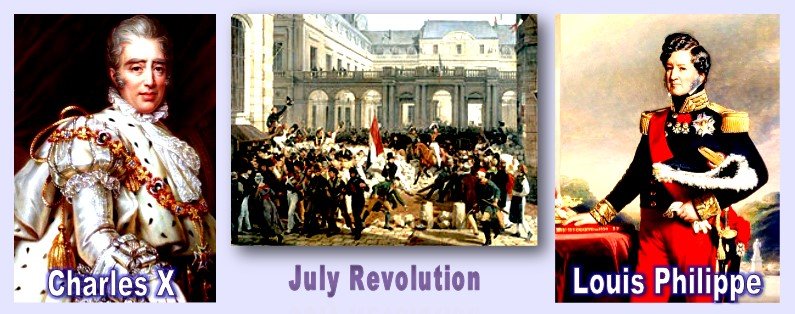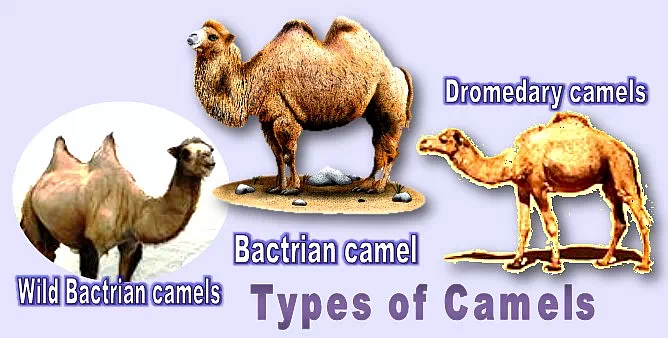
1. Which green vegetable features in the Indian dish of sag aloo?
- Spinach
Sag aloo is a mouth-watering Indian (vegan) recipe made with a variety of greens (including mustard greens), potatoes and spices. Spinach (fresh or frozen) is the main green vegetable added to it. Thus it is called sag aloo or palak aloo (saag or palak, either means spinach).
Sagan aloo is served with a bowl of dal and rice or chapatis. It is very simple to make and inexpensive (having many calorific and nutritious values that are good for health).

Advantages:
- It regulates blood pressure (because it is a rich source of Vitamin A, Vitamin C and magnesium).
- Spinach acts against toxins in our body thus is helpful for fighting against cancer-genic pathogens.
- It also lowers cholesterol levels and good for heart.
2. Who became king of France in the July revolution of 1830?
- Louis Philippe.
July Revolution was the French (second) Revolution of 1830 (The first revolution took place in 1789). By the July Revolution Charles X (fifth cousin of Louis Philippe) had to abdicate and Louse Philippe became the king of French.

His rule was under the influence of rich people and industrialists, known as the July Monarchy. By his policies, he became unpopular and was forced to step down after the outbreak of the French Revolution of 1848. He spent his rest of the life in exile in the United Kingdom.
3. In which Canadian port-harbor several munitions ships (munition = weapons) exploded on 6 December 1917 killing over 1500 people and making 20,000 homeless?
- Halifax (in Nova Scotia, Canada).
This is called Halifax Explosion.
The collision of two ships (the Norwegian ship SS Imo and the French cargo ship with high explosives SS Mount-Blanc) led to a massive explosion that devastated a larger portion of Halifax and part of Dartmouth.

Benzole (petroleum spirit) barrels stored on the deck of Mount-Blanc were damaged and exploded by the impact. All structures were wiped out with a radius of half-mile including the community of Richmond.
4. What unit of distance used in astronomy is equal to 0.3066 of a parsec?
- A light year.
Distances in space (or between stars) are generally measured in 3 ways.
- Light Year (LY)
- Parsec (pc)
- Astronomical unit (AU)
One light year (ly) = 0.3066 of a parsec. (Or)
1 parsec = 3.26 light years.
1 AU = 93 million miles.

A light year is the distance that light travels in vacuum in 1 year; 5.88 trillion miles or 9.46 trillion kilometers.
A parsec (parallax second) is the distance from Earth at which stellar parallax is 1 second of arc; equivalent to 3.262 light years. (Stellar parallax is the heliocentric parallax of a star).
5. How many humps does a Bactrian camel have?
- Two humps.
There are now three types of camels surviving in the world.

- Dromedary camels / Arabian camels:
They are domesticated and have one hump. They exist with a share of 94% of total population of camels in the world. They are distributed in the Middle East, Sahara Desert, South Asia, and Australia.
- Bactrian camel / Mongolian camel:
Like the letter B, Bactrian camels have two humps. It is a domesticated animal and native to steppes (Extensive plain without trees) of Central Asia (including Bactria). They are shorter than others. Fat is stored in the humps and is converted to energy when needed.
- Wild Bactrian camels:
They are now endangered species living in parts of northwest China and Mongolia.
They are closely related to Bactrian camels. Contrary to what has been generally said, these wild Bactrian camels are genetically a separate species that they got diverged from Bactrian camels about 1.1 million years ago and started living wild.
6. Which peninsula of Western Asia forms the greater part of the Asian portion of Turkey?
- Anatolia.
It is also known as Asia Minor, now a major part of the modern-day Turkey.
It is the largest peninsula in Western Asia. The ethnic groups live in this region are Turkish, Kurdish, Armenian, Arabic, Greek, Aramaic, Kabardian, and others.

Anatolia witnesses varied climate conditions.
- Hot summers and cold snowy winters are found in the central plateau.
- Mild rainy winters and warm dry summers (a typical Mediterranean climate) happen in the south and west coasts.
- Cool foggy summers and year-around rainfall are had in the Black Sea and Marmara coasts (a temperate oceanic climate).
7. Who originated the concept of introvert and extrovert personalities?
- Carl Gustav Jung of Sweden, a Swiss psychiatrist and psychoanalyst.
He was the contemporary of Sigmund Freud, the founder of psychoanalysis.
He founded analytical psychology. He studied personalities of introverts and extroverts. He categorized his theories as Psychoanalytic, humanistic, trait perspective and behavioristic.

He had similarities and dissimilarities with Sigmund Freud in theorizing concepts on psychoanalysis especially on the conscious and unconscious mind.
He was also an artist, builder, and a prolific writer. Many of his writings published posthumously and some are yet to be published.
He was born on July 26, 1875 in Kesswil, Switzerland and died on June 6, 1961 at the age of 85 in Zurich, Switzerland.
8. For which element is Co the chemical symbol?
- Cobalt.
Cobalt belongs to the 8th (VIII) group of the periodic table. It has similar physical properties like iron and nickel and can be magnetized. It is chemically active element and can form many compounds.

It is mainly used in electroplating because it is hard and resistant to oxidation. Its uses are in making batteries, heat-treated and tool steels, hard alloys, and magnetic alloys.
The largest reserves of Cobalt are found in the Demographic Republic of the Congo.
In 2021, the average price of Cobalt in the U.S. was at $23 per pound.
9. Which device provides extra thrust for take-off or supersonic flight in a jet engine?
- Afterburner or Reheat.
It is a second combustion chamber in a turbojet or turbofan immediately before the engine’s exhaust nozzle.
It reheats the exhaust gas in the jet pipe behind the turbine by injecting additional fuel and thus causing additional thrust to meet take off or combat or such like intense situations generally occurred in case of military supersonic aircrafts.

Afterburners generate more power in compact engines for shorter periods by accelerating the exhaust gas to higher velocity.
Afterburners are used for short duration because their fuel consumption is high. The first aircraft used afterburner was the Caproni Campini C.C.2 motorjet (thermojet) that took off on April 11, 1941. This afterburner was designed by Secondo Campini, an Italian engineer.
10. What was the name of the first US satellite, launched on 31 January 1958?
- Explorer 1.
America launched its first satellite Explorer 1 on February 1, 1958 from Atlantic Missile Range launch site. It was designated as 1958 Alpha 1.
Under Dr. William H Pickering’s direction it was made by the California Institute of Technology’s JPL. It was the second satellite to carry the mission payload after Sputnik 2.
It had two antennas to transmit the data to the ground station.

It detected the Van Allen radiation belt (a belt of energetic charged particles captured and held around by a planet) for the first time in space history. Our Earth has two such belts.
The mission ended when its contact was lost on May 23, 1958.
But it remained in space for more than a decade and entered our atmosphere over the Pacific Ocean on March 31, 1970.
All Blogs & Vlogs from mamlabs.net

